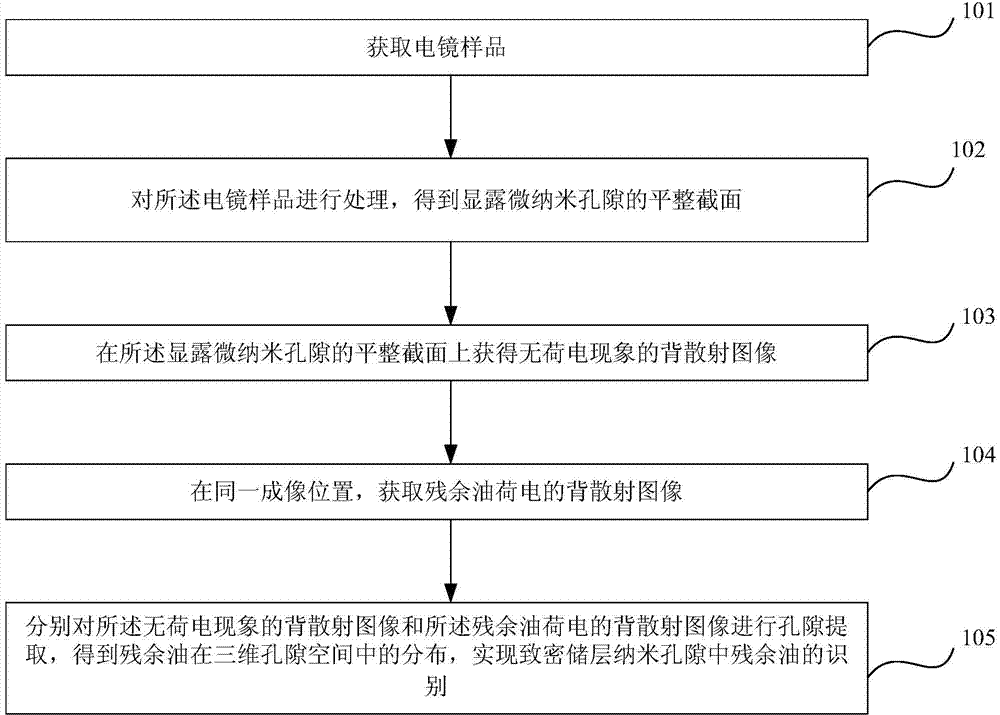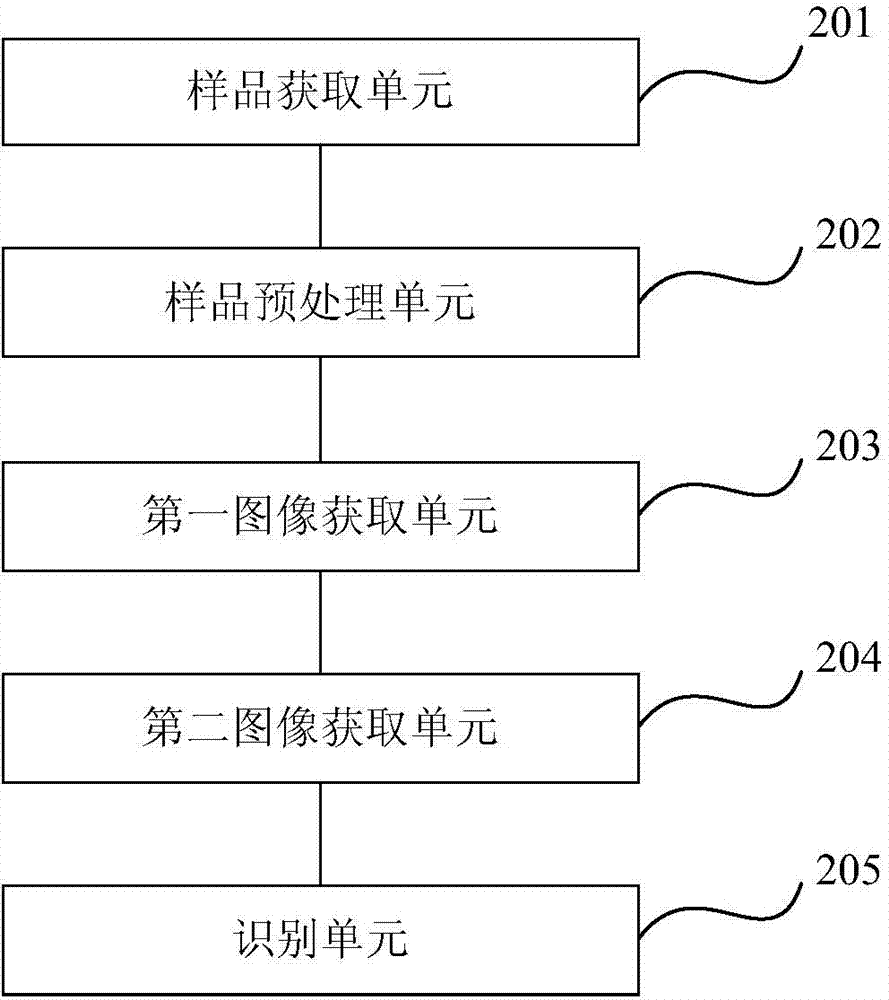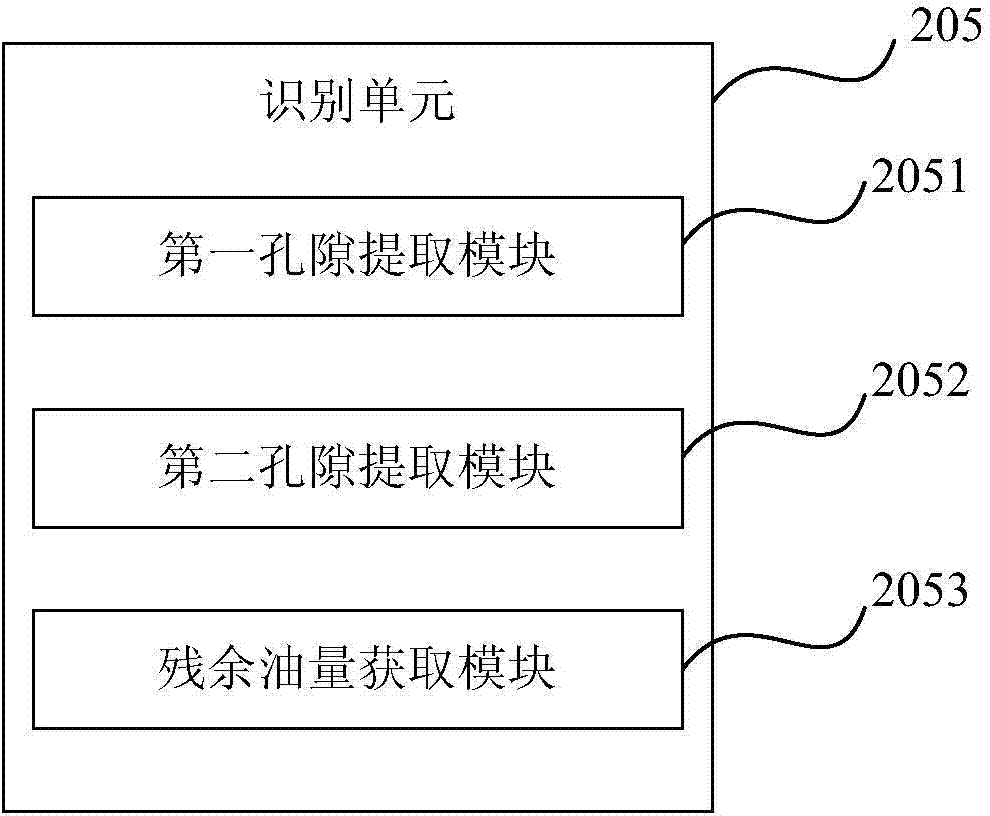Electron microscope identification method for residual oil in light reservoir nanopores and device for executing method
A technology of tight reservoirs and nano-pores, applied in the field of petroleum exploration, can solve the problems of identification difficulties, fallacies, loss of resolution, etc., and achieve the effect of solving the inability to distinguish the difference between the two, ensuring the ability to distinguish and high resolution.
- Summary
- Abstract
- Description
- Claims
- Application Information
AI Technical Summary
Problems solved by technology
Method used
Image
Examples
Embodiment
[0071] (1) SEM samples of tight reservoir oil-bearing rocks: reservoir rock samples with micro-nano pore structure inside, which can be tight carbonate rock, tight sandstone, etc., or artificially synthesized oil-filled oil with micro-nano pores for Materials that simulate dense reservoirs are processed into scanning electron microscope samples by cutting, grinding and polishing, drying, surface carbon coating and other processes to ensure the conductivity between the sample surface and the sample stage.
[0072] Take oil-bearing tight carbonate reservoir samples, cut, surface polish (metallographic polishing), and dry to obtain samples with a diameter of 20mm and a thickness of 5mm, wash with deionized water, and then dry at 60°C for 12h. The sample was pasted on the SEM sample stage with conductive adhesive, and then the surface was carbon-coated.
[0073] (2) Put the sample into the sample chamber of the focused ion beam double-beam scanning electron microscope (Helios650 m...
PUM
 Login to View More
Login to View More Abstract
Description
Claims
Application Information
 Login to View More
Login to View More - R&D
- Intellectual Property
- Life Sciences
- Materials
- Tech Scout
- Unparalleled Data Quality
- Higher Quality Content
- 60% Fewer Hallucinations
Browse by: Latest US Patents, China's latest patents, Technical Efficacy Thesaurus, Application Domain, Technology Topic, Popular Technical Reports.
© 2025 PatSnap. All rights reserved.Legal|Privacy policy|Modern Slavery Act Transparency Statement|Sitemap|About US| Contact US: help@patsnap.com



